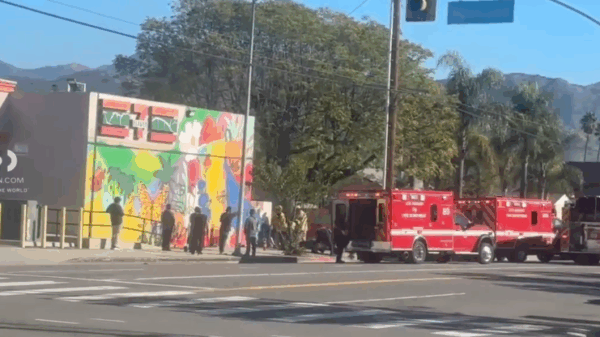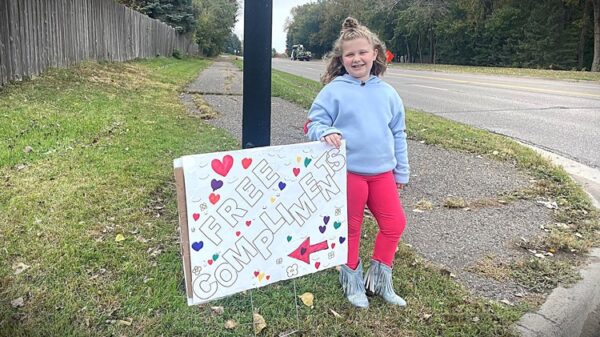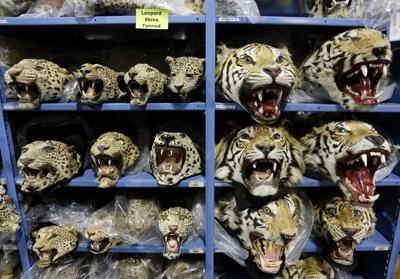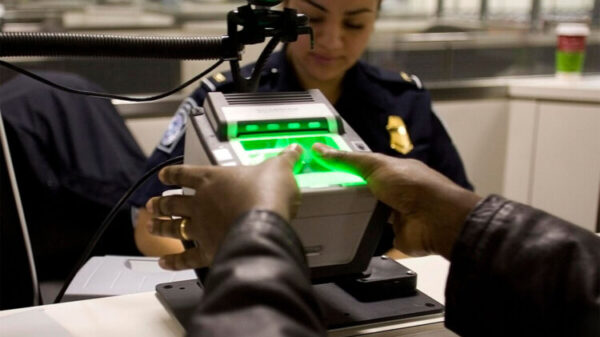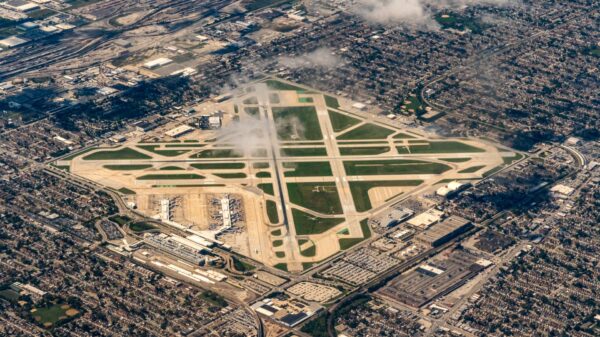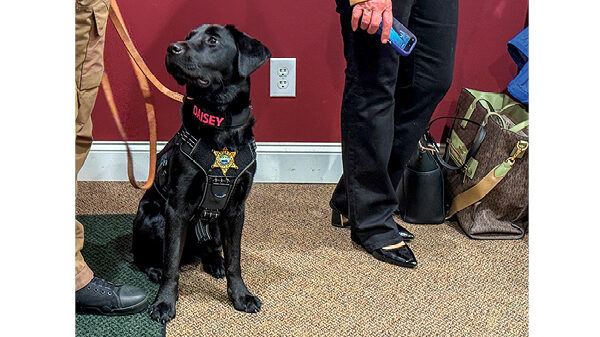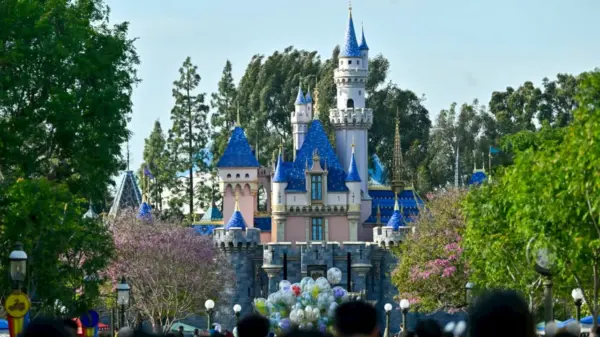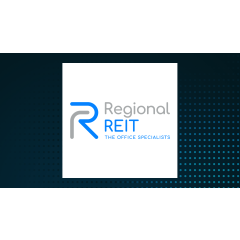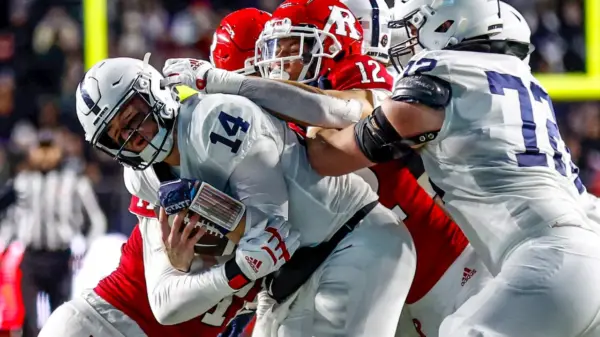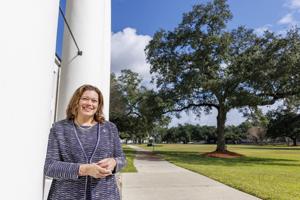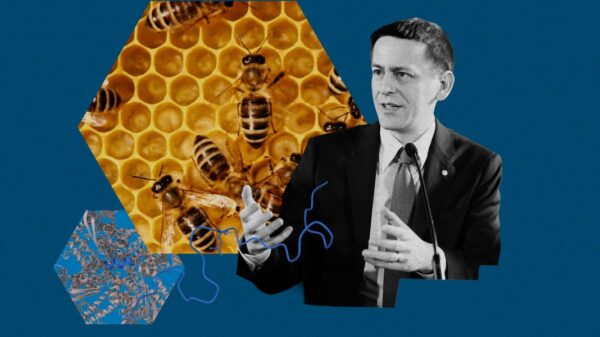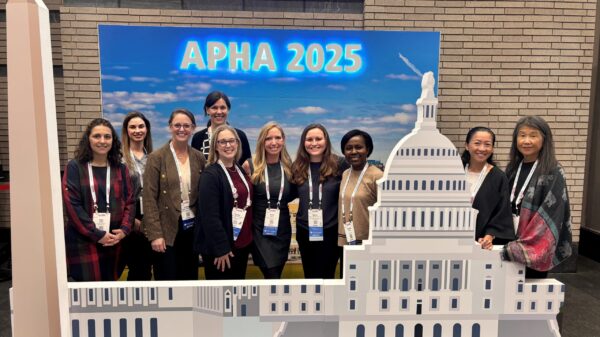The movement to repatriate the remains of ancestors stored in museums and universities to Indigenous tribes is gaining significant traction. This initiative, driven by a growing recognition of the cultural and spiritual importance of these remains, seeks to rectify historical injustices faced by Indigenous communities.
Efforts are underway across various institutions, including the Smithsonian Institution and the National Museum of the American Indian, to return ancestral remains to their rightful descendants. According to the Native American Graves Protection and Repatriation Act (NAGPRA), enacted in 1990, museums and federal agencies are required to provide an inventory of Native American remains and cultural items to tribes, facilitating their return.
As of March 15, 2024, numerous universities, including the University of California, Los Angeles (UCLA), have begun to assess their collections. These institutions are often custodians of remains taken from Indigenous peoples without consent, a practice that has raised ethical concerns in recent decades. The repatriation efforts are part of a larger movement to acknowledge and heal from colonial histories.
Growing Support for Repatriation Efforts
In recent years, various Indigenous groups have intensified their calls for the return of remains. These appeals highlight the profound cultural connections that tribes have with their ancestors, who are viewed as integral to their identity and heritage. Tribal leaders emphasize that the return of these remains is not merely a logistical process but a vital step toward spiritual healing and cultural restoration.
The Smithsonian has reported that, since NAGPRA’s implementation, over 1,200 sets of remains have been returned to tribes. Yet, many more remain in storage, often in conditions that fail to honor the dignity of the deceased. As public awareness increases, so does pressure on institutions to comply with repatriation guidelines.
Moreover, private organizations and advocacy groups are playing an essential role in supporting tribes as they navigate the intricacies of repatriation. Collaborations between Indigenous tribes and educational institutions are becoming more common, fostering dialogue and mutual respect.
Ethical Considerations and Future Implications
The ethical considerations surrounding the collection and display of Indigenous remains are complex. Critics argue that many museums have historically treated these remains as objects of curiosity rather than respecting the wishes of the communities they represent. This perspective is shifting as more institutions recognize the need for cultural sensitivity and accountability.
As the dialogue evolves, it is essential for institutions to cultivate genuine partnerships with Indigenous communities. Engaging in open discussions about the significance of repatriation can help foster trust and understanding. The return of ancestral remains is not just about physical artifacts; it represents a broader commitment to justice and reconciliation.
Looking ahead, the momentum for repatriation is likely to continue growing. With changing societal norms and increasing recognition of Indigenous rights, museums and universities may face heightened scrutiny regarding their collections. The successful return of remains can serve as a model for how institutions can engage with Indigenous communities respectfully and meaningfully.
In conclusion, the movement to reunite ancestors’ remains with Indigenous tribes is a crucial step towards healing historical wounds. As institutions become more responsive to the needs and voices of Indigenous peoples, the impact of these repatriation efforts will extend beyond the physical act, fostering a deeper understanding of cultural heritage and identity.


